Table saws are one of the most important pieces of equipment a woodworker can own – but if you’re new to the craft, they can also be quite intimidating. However, as long as you know what you’re doing, there’s no reason to be afraid of them, so here, we bring you our 13 top tips to use a table saw like a pro.
In the wrong hands, table saws can be dangerous, so we’ll start with important safety tips. From there, we’ll move on to giving you all the techniques you need to start making the clean and accurate cuts you require.
Safety tips
There’s no escaping it – table saws are among the most dangerous tools you can own. It doesn’t matter whether you have a small worksite table saw, a contractor table saw or a cabinet table saw, the potential for a serious accident is always present.
However, as long as you follow these safety tips, there’s no reason you can’t use one for many years without having any accidents.
1. Wear proper clothing and safety equipment
Before you even go near your table saw, you should make sure you are wearing the proper clothing and safety equipment.
Safety goggles or glasses along with ear protection are a must and you shouldn’t use any table saw without them.
In terms of clothing, avoid anything baggy that might get caught in the blade. Avoid dangling items like jewelry or neckties too. We can’t really imagine why you’d want to operate a table saw wearing a tie…but you never know!
2. Keep the work area clean and free of debris
Keeping your work area clean is a good habit to develop regardless of which tools you are using, but with table saws, it’s an essential part of your safety routine.
Don’t let sawdust build up in your work area as it may conceal small items that could get caught in the blade.
Above all, don’t leave small pieces of stock on the work surface. If one gets caught in a spinning blade, it can be thrown out at high speed, potentially causing a serious injury.
3. Check stock for nails and other foreign objects
Ensure that no stock that is being fed into the table saw contains nails or other foreign objects. If something like this is caught in the blade, it can cause a dangerous kickback.
4. Keep your concentration at all times
A moment’s loss of concentration when using a table saw can easily result in the loss of several fingers. Make sure you pay attention to what you are doing at all times and never use a table saw while you are being distracted.
5. Make sure all safety features are in place and working correctly
Modern table saws incorporate safety features like riving knives, anti-kickback pawls and blade guards. Make sure they are set up and functioning correctly at all times.
6. Disconnect from the power before changing blades
When changing the blade on your table saw, ensure it is completely disconnected from the power source to eliminate all risk of it starting up unintentionally.
7. Use the push stick
When cutting smaller pieces of stock, don’t be tempted to use your hands to push the wood through – that’s what the push stick is for, so make sure you use it.
8. Don’t start the blade when it is in contact with stock
Starting the blade when it is already engaged can result in unpredictable kickback. Start the blade up first and then push the stock through after.
Tips for obtaining professional results
Here are some basic tips that will allow you to make the full range of clean and accurate cuts you need for professional quality work.
9. Choose the right blade
There are many different types of table saw blade, and one of the most important and basic things you can do to ensure a high quality of work is to use the right type for the kind of cuts you are making.
Specialist blades exist for making crosscuts or rips while other combination blades can be used for either. Some blades are good for making fast, rough cuts and others are more suited to making clean finishing cuts. Choose the right blade for the task.
Also, if you need to cut materials other than wood, specialist blades are required.
10. Own the right jigs – and know how to use them
Table saws usually come with a fence, but to get the most out of your tool, you will need a selection of jigs that will allow you to make a range of cuts. Fortunately, many basic jigs are easy to DIY at home, so you won’t have to spend lots of extra money buying them separately.
11. Use a long fence for longer boards
Trying to cut a straight line on a long piece of stock using a short table saw fence is tricky and probably won’t work.
You can solve this problem by rigging up a longer fence – simply fix a long board to your existing fence. This will give you much greater precision when working with larger pieces of wood.
12. Don’t forget proper maintenance
If you want the best results from your table saw, make sure you maintain it properly.
Of course, you need to make sure the blade is sharp – dulled blades can be re-sharpened or simply replaced.
You should also check regularly that the table is properly tuned. This will ensure the high levels of accuracy you need for exceptional work.
13. Learn how to cut dadoes and rabbets
Learn the difference between the types of dado and rabbet cuts and how to make each type. Know when to use stacked dado blades and single blades and understand the advantages of each type.
Safety first – and then work on improving your skillset
With table saws, your primary concern should always be safety. You don’t need to be afraid of your table saw, but at the same time, you should always maintain a healthy respect for it – since one lapse of concentration can have disastrous results.
Once you understand all the necessary safety measures, you should work on building up your skillset. Start with the basics and work from there – and very soon, you should be using your table saw like a pro.
Don’t forget to pin it!

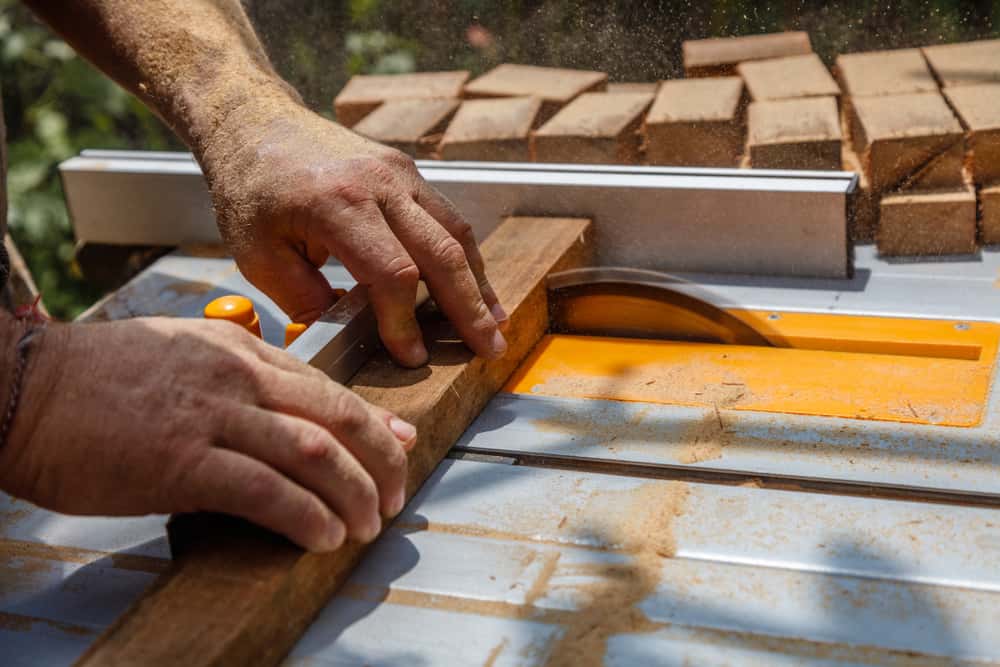
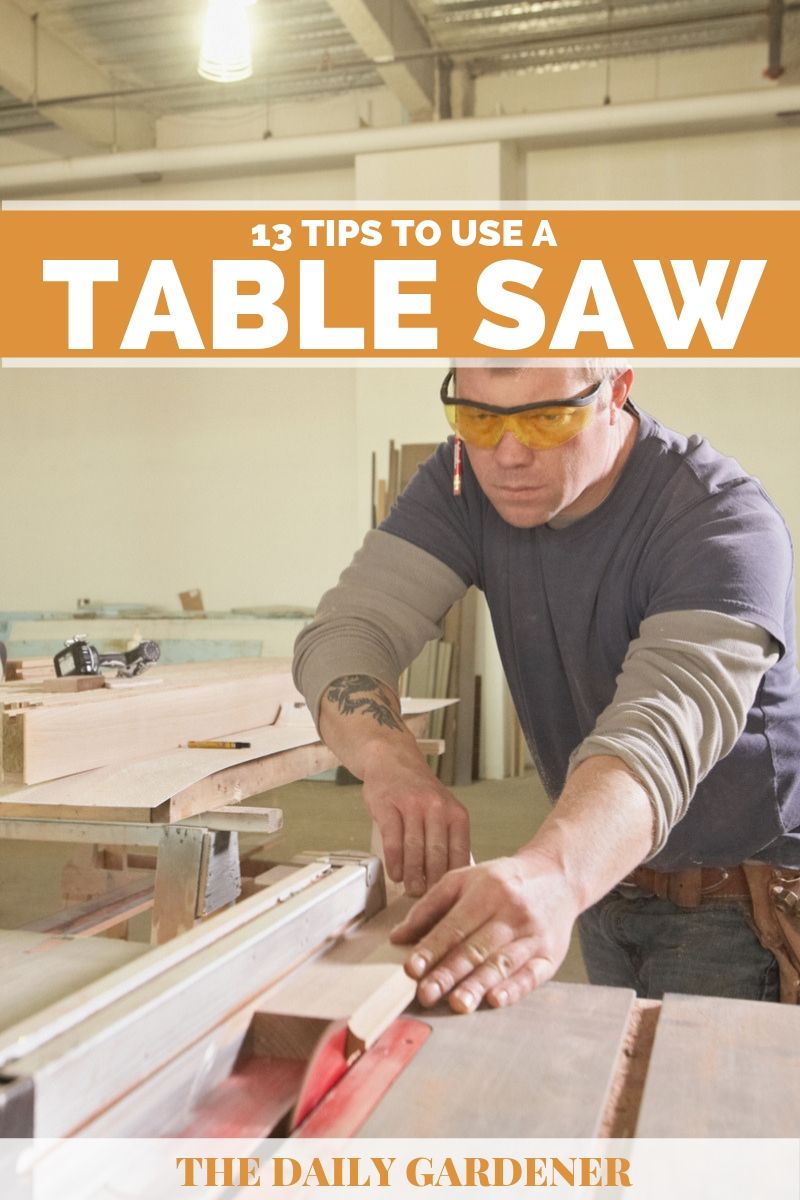


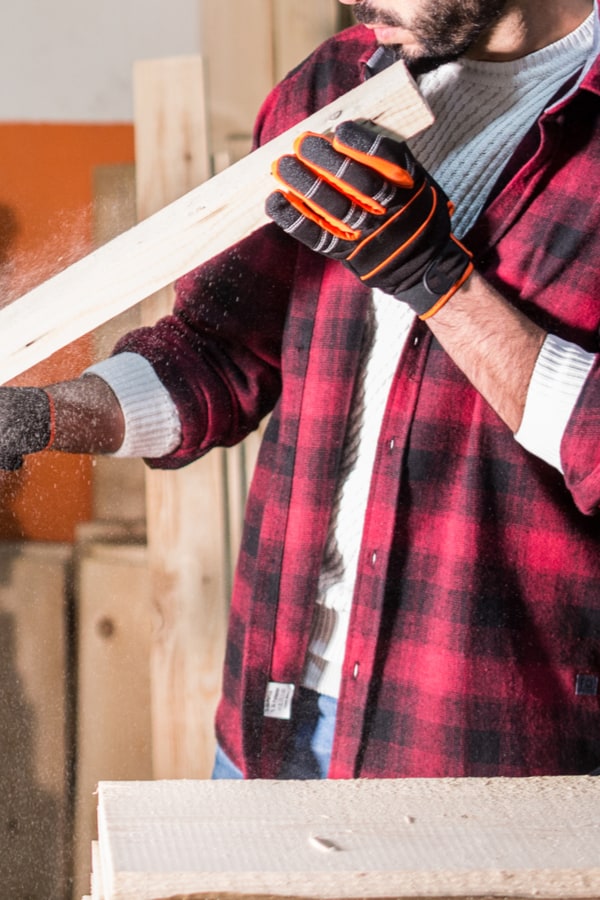

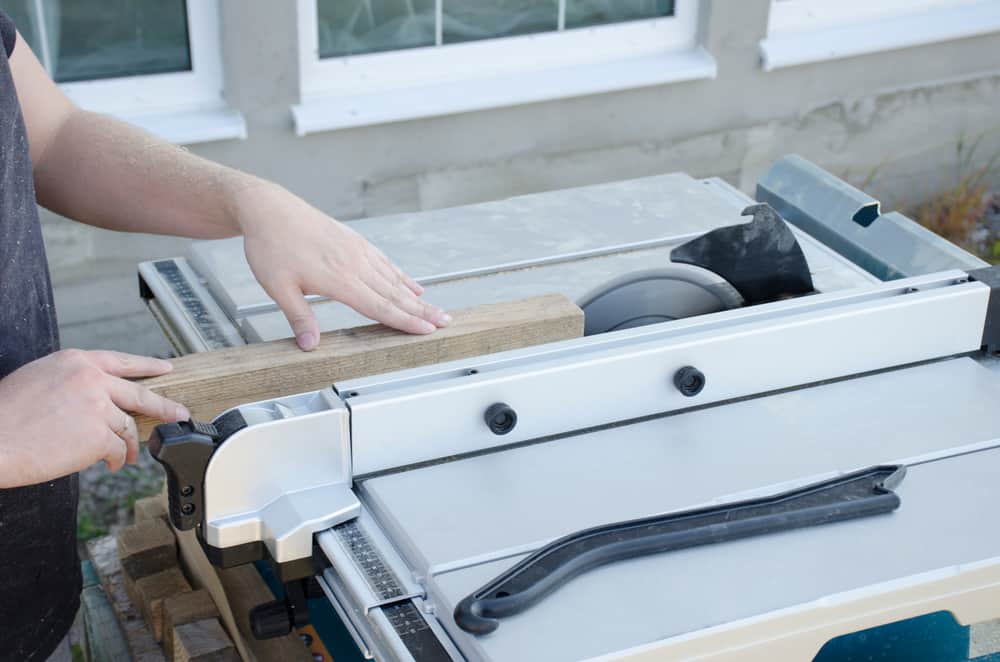
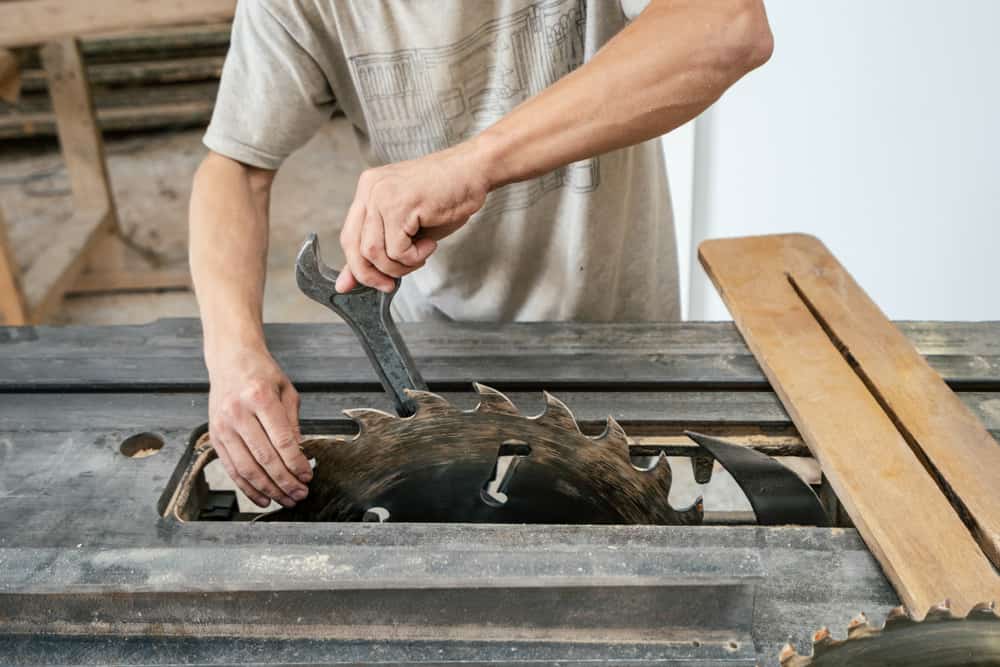
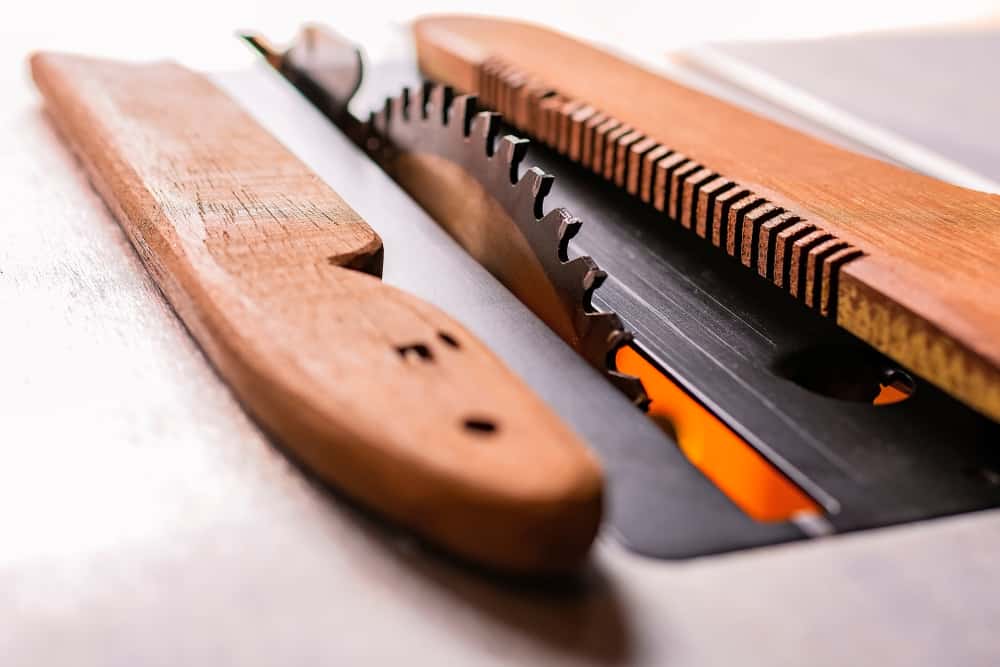

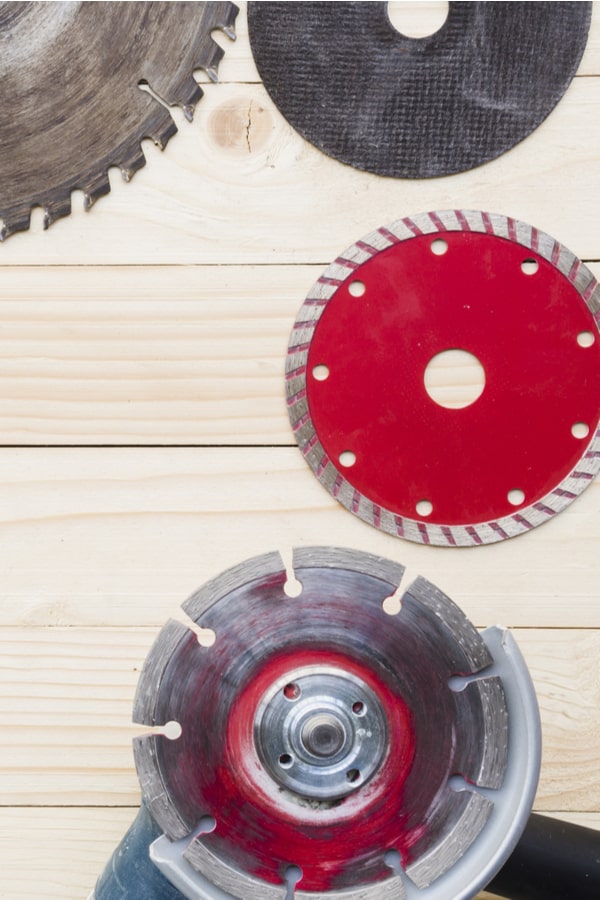


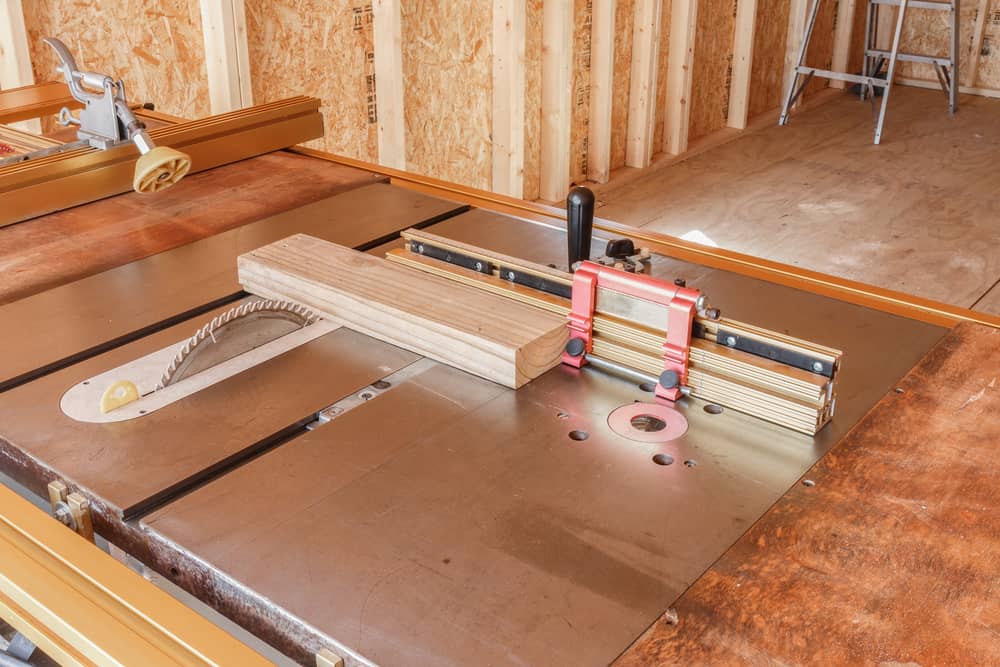


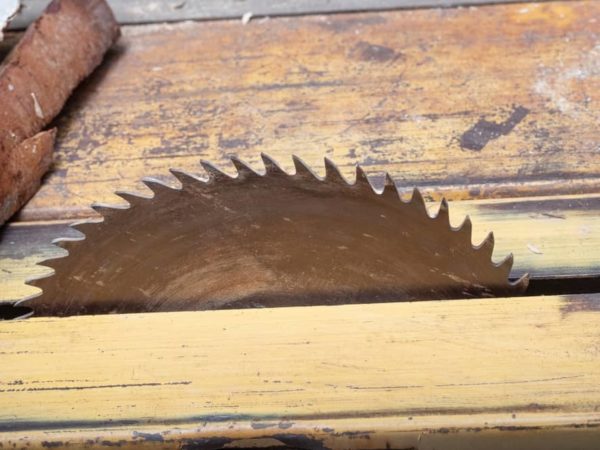

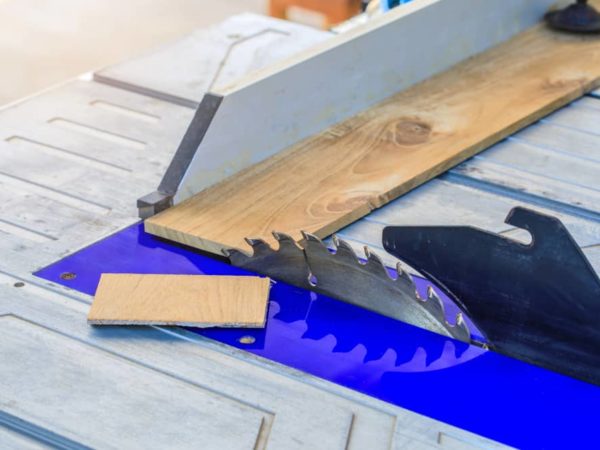

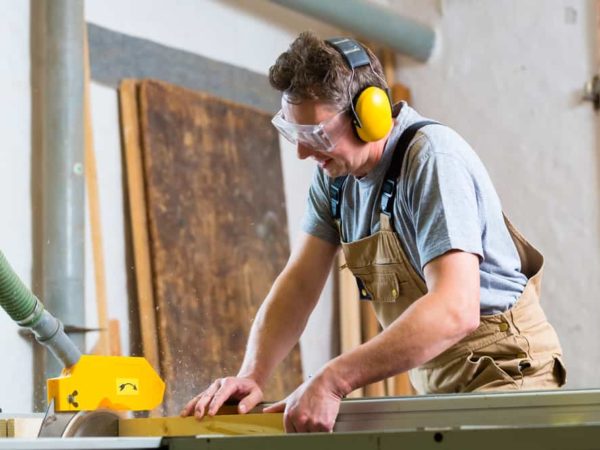



Checking for nails and any other elements that can cause a kickback is definitely necessary, you really have to be extra careful with power saws